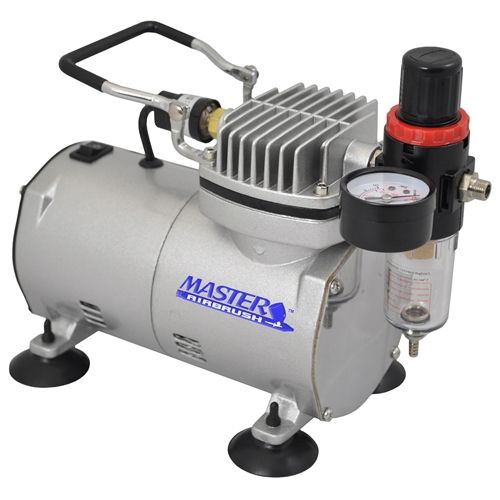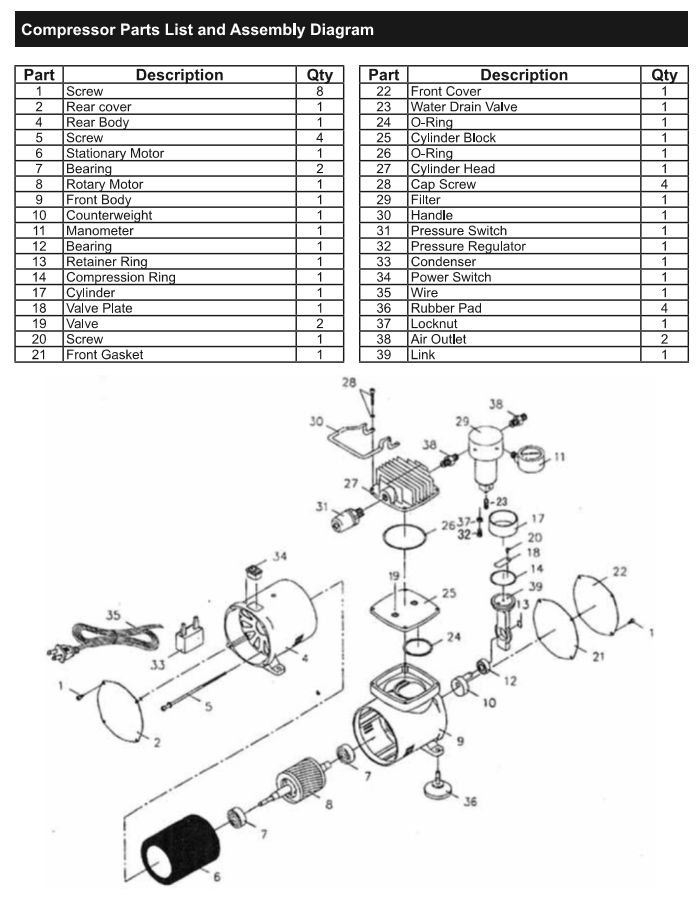Airbrush Compressors
Airbrush Compressors
- This topic has 11 replies, 5 voices, and was last updated 18 March 2021 at 17:38 by
Turbine Guy.
Viewing 12 posts - 1 through 12 (of 12 total)
Viewing 12 posts - 1 through 12 (of 12 total)
- Please log in to reply to this topic. Registering is free and easy using the links on the menu at the top of this page.
Latest Replies
Viewing 25 topics - 1 through 25 (of 25 total)
-
- Topic
- Voices
- Last Post
Viewing 25 topics - 1 through 25 (of 25 total)
Latest Issue
Newsletter Sign-up
Latest Replies
- Some help with a Cowells speed controller needed.
- minimag set up
- Lantern Pinion
- Bending EN24t
- Anyone know about wells and Victorian plumbing?
- Emco FB2 and Maximat Mill?
- Museum of Science and Technology of Catalonia
- Fitting DRO to Myford VME mill.
- Geography lesson required? Crossley Engine
- Boiler Examinations: 7-yearly External Query






